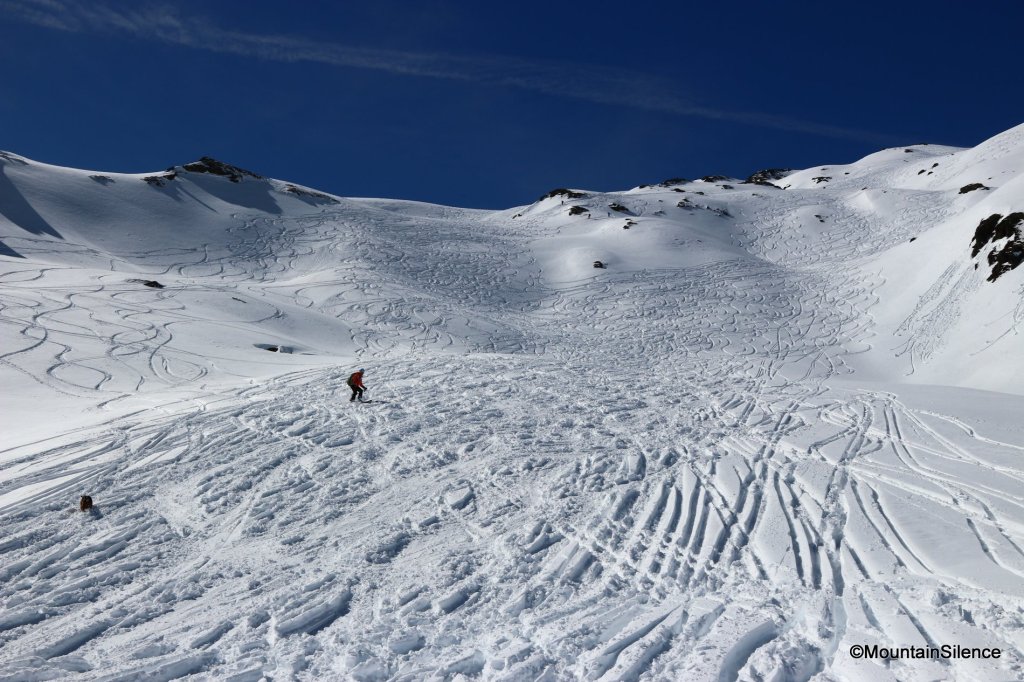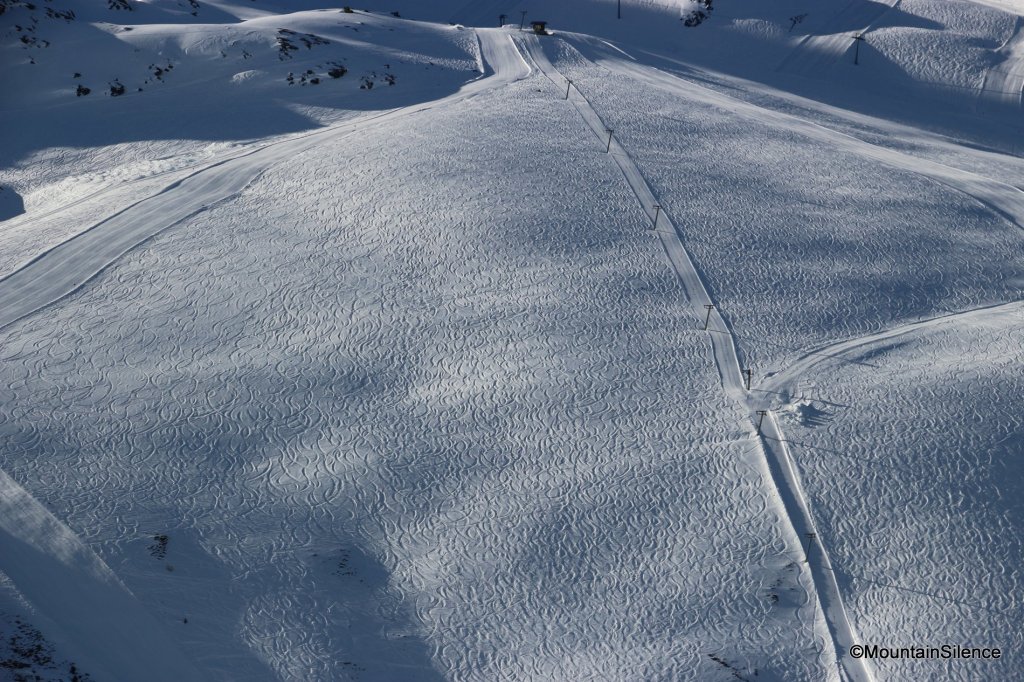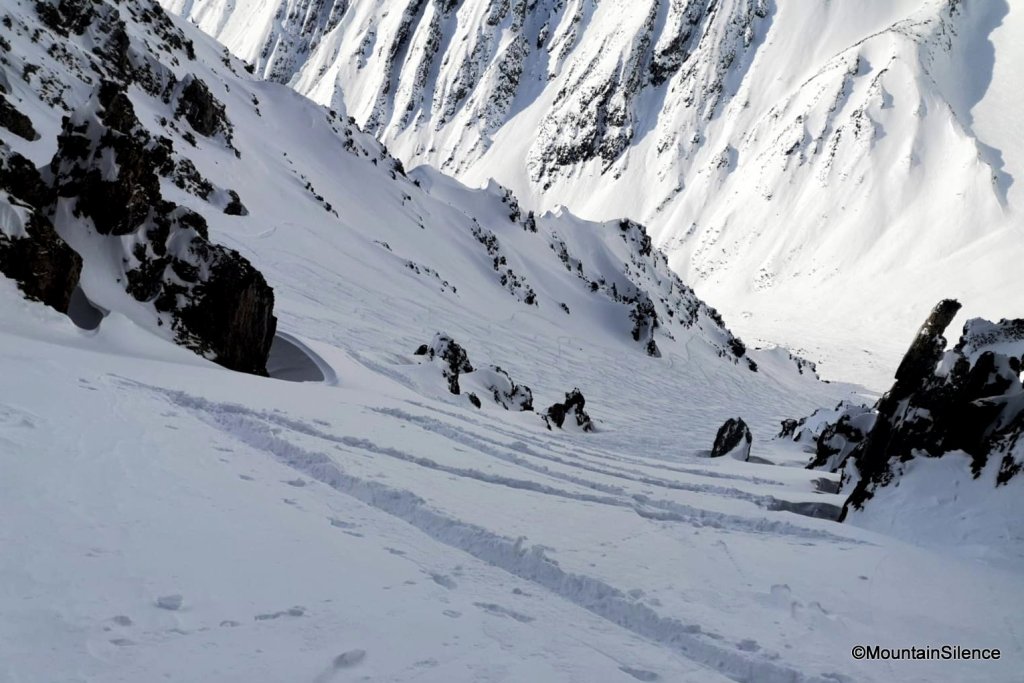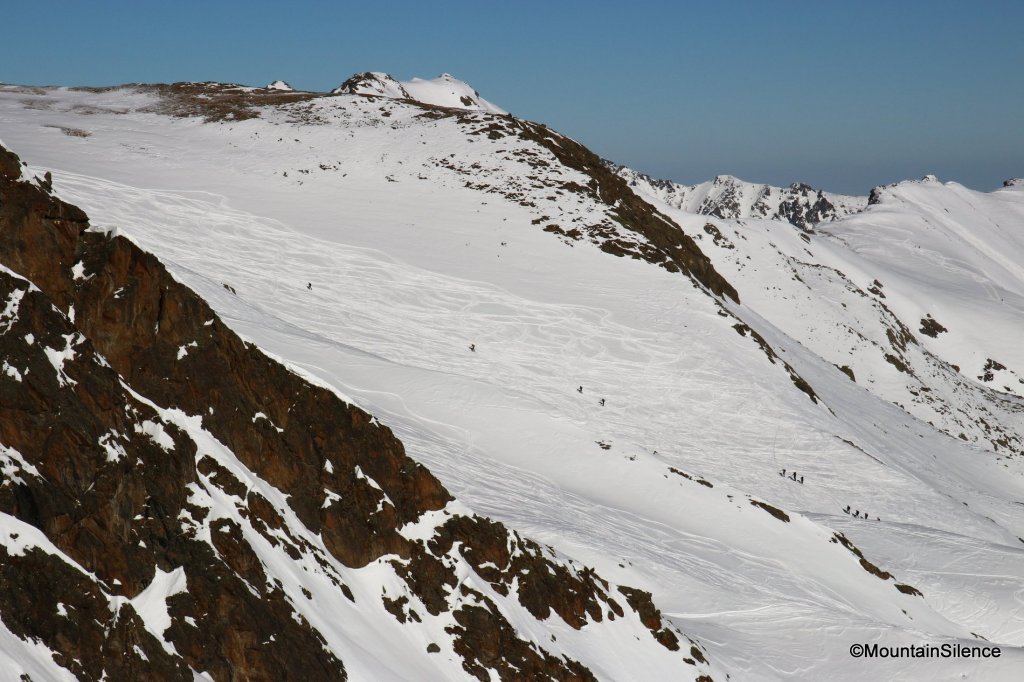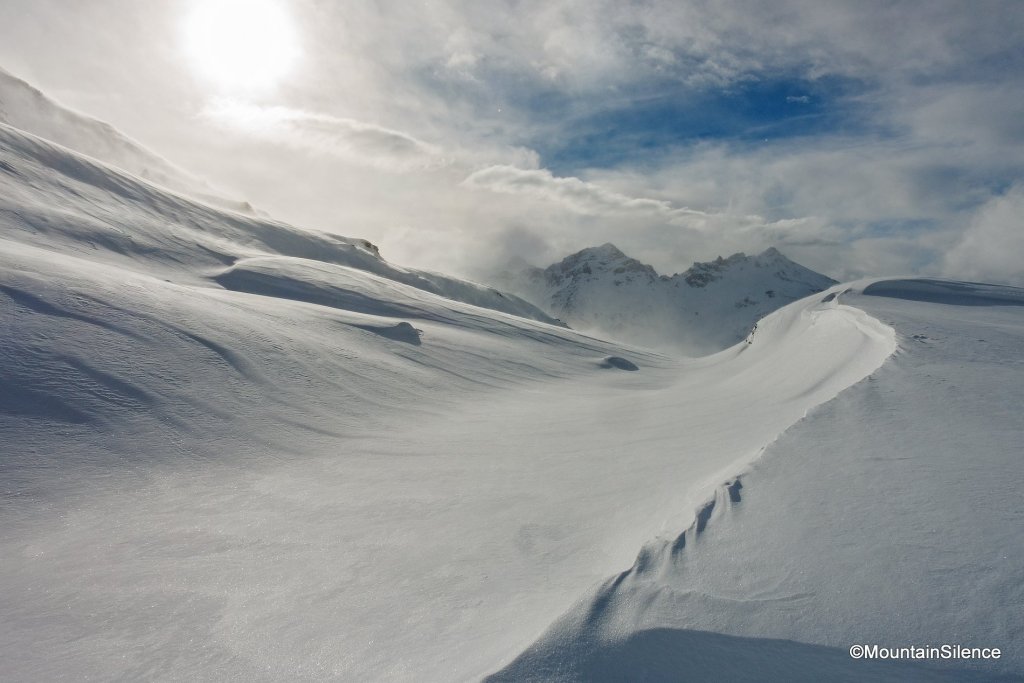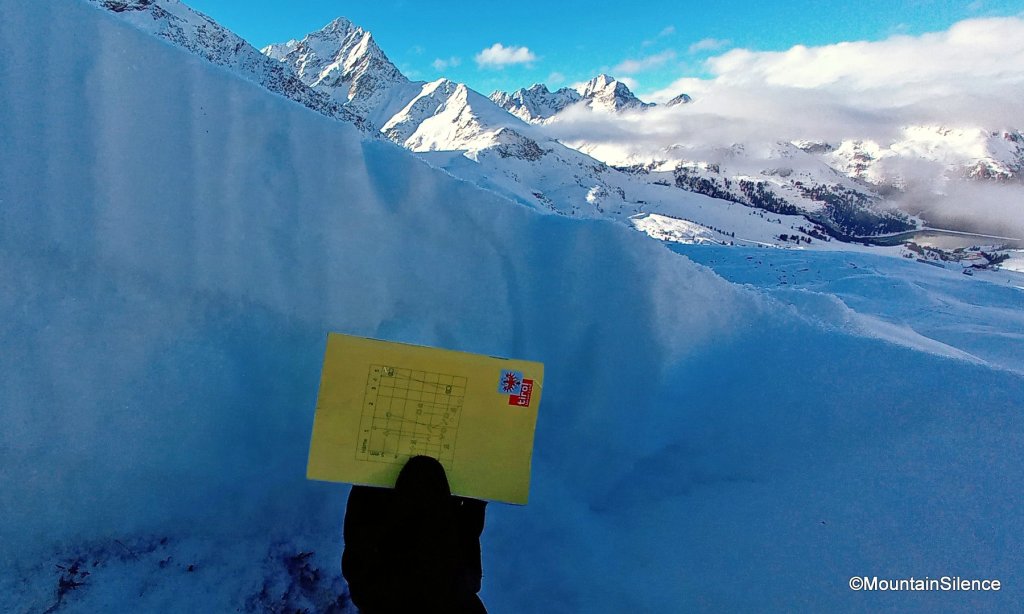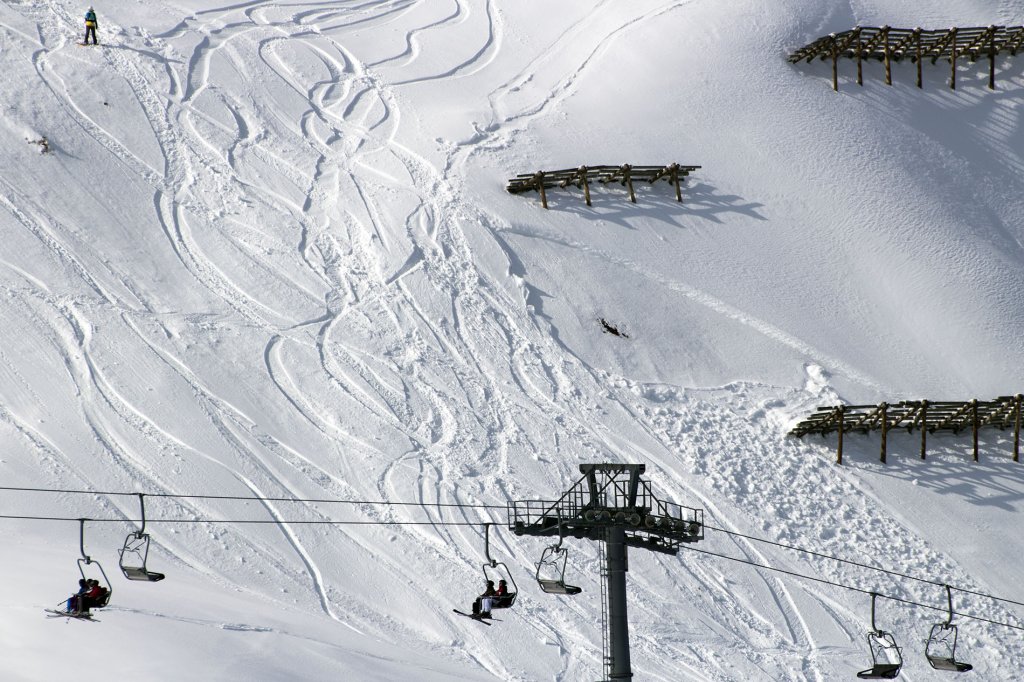What is variation riding anyway?
Off-piste skiing or freeriding refers to skiing and snowboarding through untouched snow away from the marked and controlled ski pistes in mountain regions. The basic prerequisites for freeriding are the safe mastery of deep snow skiing and knowledge of avalanche awareness. At least that is how it is described on Wikipedia.
If we take a closer look at this paragraph, the phrase untouched snow stands out. When skiing around the ski resorts, however, you rarely find untouched snow unless you are dusting off the first turns after a snowfall. The terms "busy", "heavily tracked" and "ploughed down" are more appropriate. If the slopes or the snow were always untouched, there would be no effect on the avalanche risk. I would therefore describe off-piste skiing and snowboarding as skiing and snowboarding away from the secured pistes using the lifts with little or no additional ascent in the vicinity of the ski areas.
What is it all about?
We have dealt with the topic before: Here you can read where the term comes from and what you would really have to do to really achieve a safety gain. Basically, the "effect of variation descents" is about the fact that the slopes are constantly ploughed up by heavy frequency, whereby snow crystals are destroyed by the mechanical impact. However, this is limited to the area of the track and also depends on the depth of penetration.
The use of the lifts enables quick and easy transport up the mountain, which means that variations are often skied several times a day and by far more people than on ski tours in open terrain. However, many trips on individual days are not enough to have a positive effect on the avalanche risk. The slopes must be heavily tracked, trampled and blasted on a regular basis (preferably daily) from the beginning of the first snowfall in autumn until the end of winter.
In autumn and early winter, however, descents are often not yet possible as the snow cover is not thick enough. For the development of an early winter old snow problem however, little snow is perfect.
